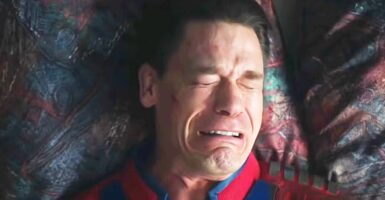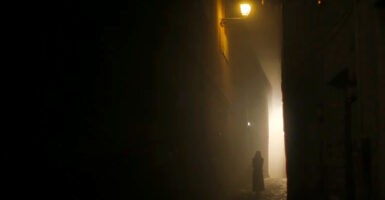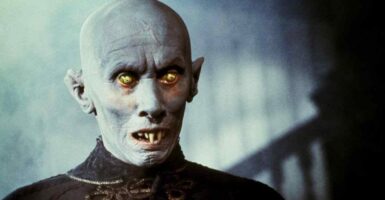The Forgotten Sci-Fi Thriller That Inspired The Thing
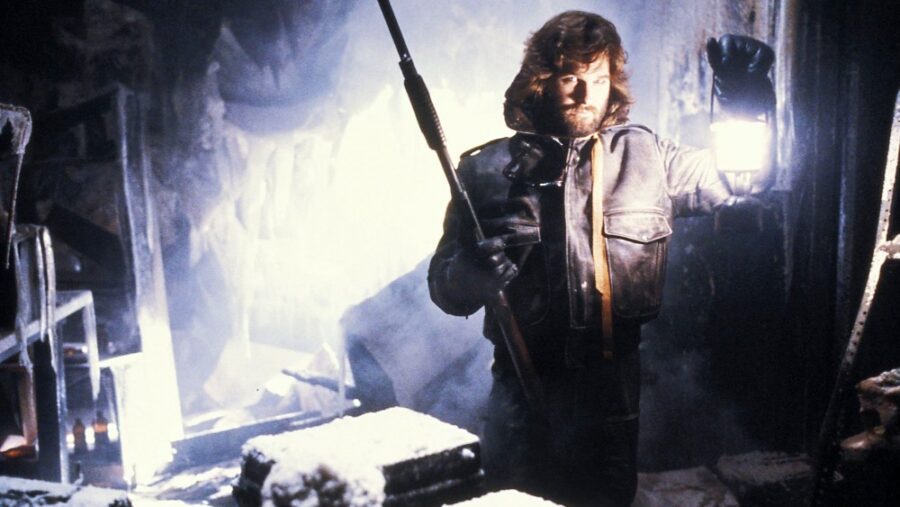
Horror fans regard John Carpenter’s iconic film, The Thing, as an utter masterpiece. However, as Paste details, in the shadow of that great film lies a lesser-known—yet comparably groundbreaking—project, A Cold Night’s Death, an ABC Movie of the Week.
A Cold Night’s Death Released On TV In 1973
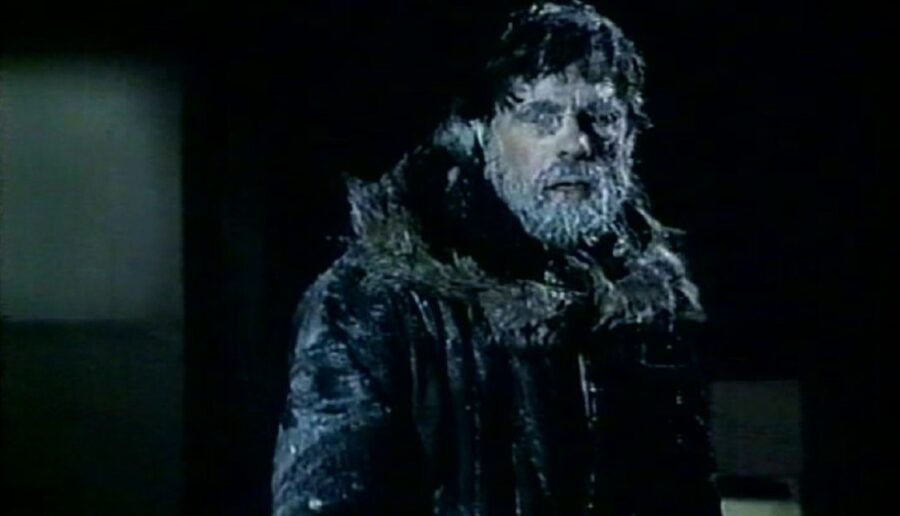
A decidedly modest production, the film was released almost a decade before Carpenter’s classic. Nonetheless, the movie delivers a chilling (pun intended!) narrative. Like The Thing’s, it is characterized by paranoia and isolation in a snowbound research lab.
The narrative starts with two scientists, Jones (played by Robert Culp) and Enari (portrayed by Eli Wallach), who are dispatched to an isolated research center. The catch: it’s situated at the top of a frozen mountain. More than conducting mere research, Jones and Enari must investigate why their colleague, who preceded them up the mountain, mysteriously went silent.
A Chilling Tale Of Paranoia Similar To The Thing
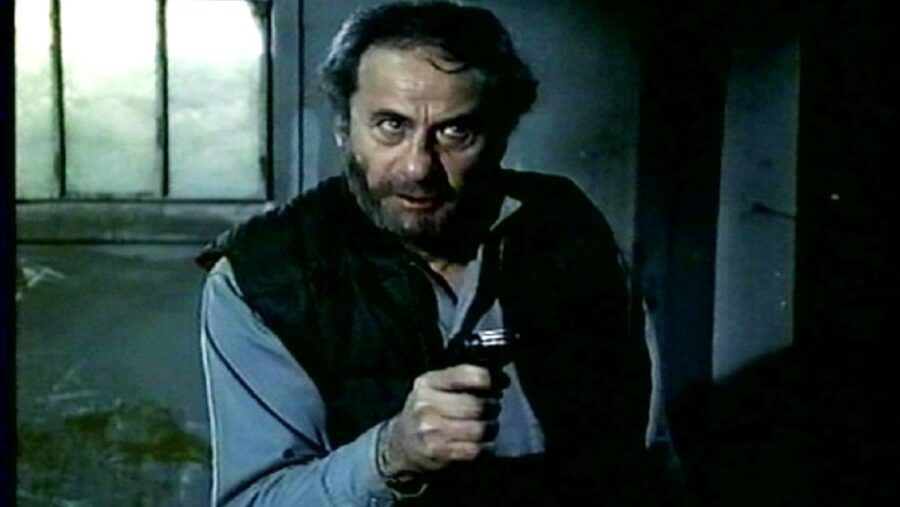
Kicking off the inciting incident of A Cold Night’s Death, the two scientists encounter a facility teeming with disarray—furniture scattered, papers tossed, and doors ripped open to harsh Winter elements. Worse of all, they discover their colleague frozen to death.
Their dead coworker aside, the two scientists buckle down to their research—subjecting monkeys to extreme conditions to simulate stress during space travel. But unexplained occurrences, such as windows opening themselves and an accident with their animal subject, problematize their work. As neither scientist will confess to causing the strange developments, soon the unlucky, snowbound researchers are mired in paranoia, mistrust, and eventually, a life-and-death struggle.
Indeed, their struggle in A Cold Night’s Death is not merely with each other—but with an unseen entity, nudging them toward a fate like their colleague’s.
A Remote, Frigid Setting
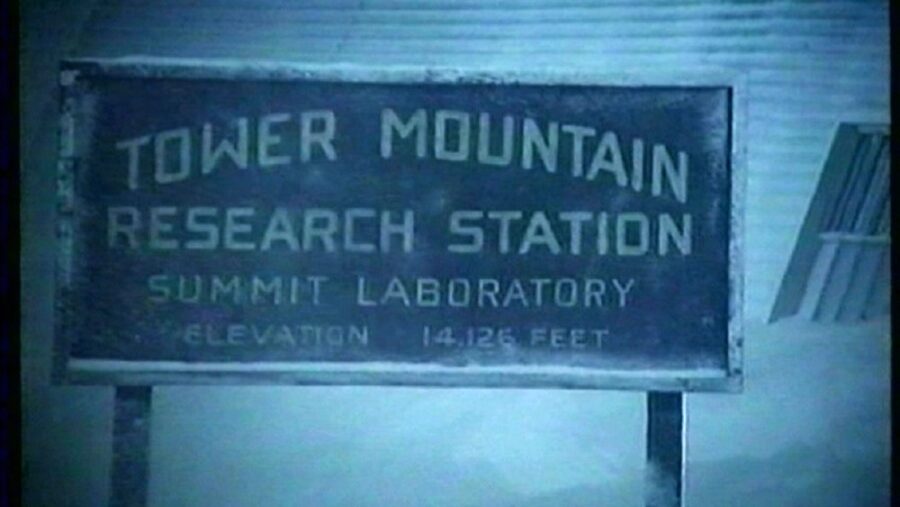
The unique film enjoys influence to this day. Production-wise, it’s also perfect example of stretching limited resources to their utmost extent. The setting is quite simple: two men, some monkeys, and sparse rooms—yet it all engenders a stark, tense atmosphere. There’s also an inadvertent but delightfully eerie ambiance lent to the film by its lack of restoration; any available copies viewed today will inevitably appear aged and worn.
A Cold Night’s Death’s skilled director, Jerrold Freedman, evidently knew his craft, imbuing the film with atmosphere in spades. His direction is deft, brainy, and evocative—yet understated. It merges with an excellent electronic score from Gil Mellé to create a tangible, subtly nefarious ambiance, a suggestion of imminent presence.
Perfecting Inspiration For The Thing
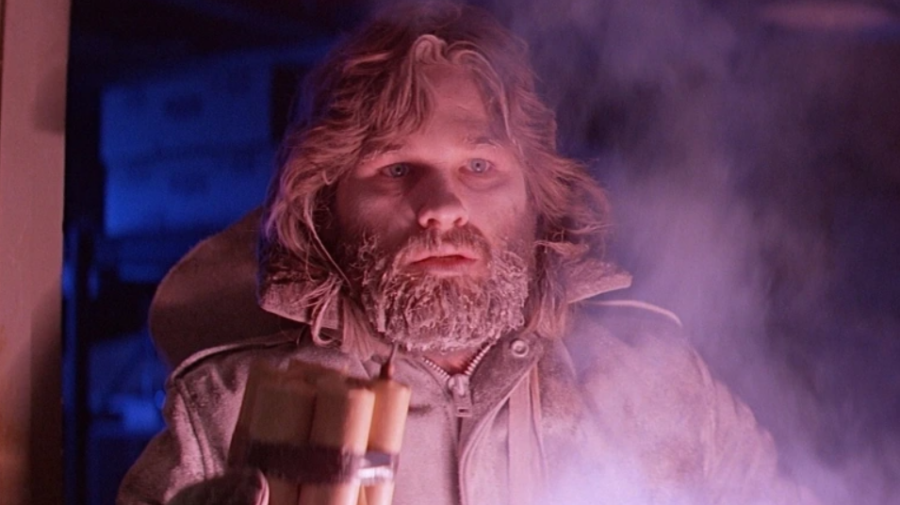
Fans remember and adore The Thing for its excellent cast, among other things. The tension between Kurt Russell and Keith David as the bodies pile and the paranoid deepens remains a benchmark of sci-fi storytelling. Like Carpenter’s iconic horror film, A Cold Night’s Death gains from compelling acting and performances.
Amazing Performances Makes A Cold Night’s Death That Much Better
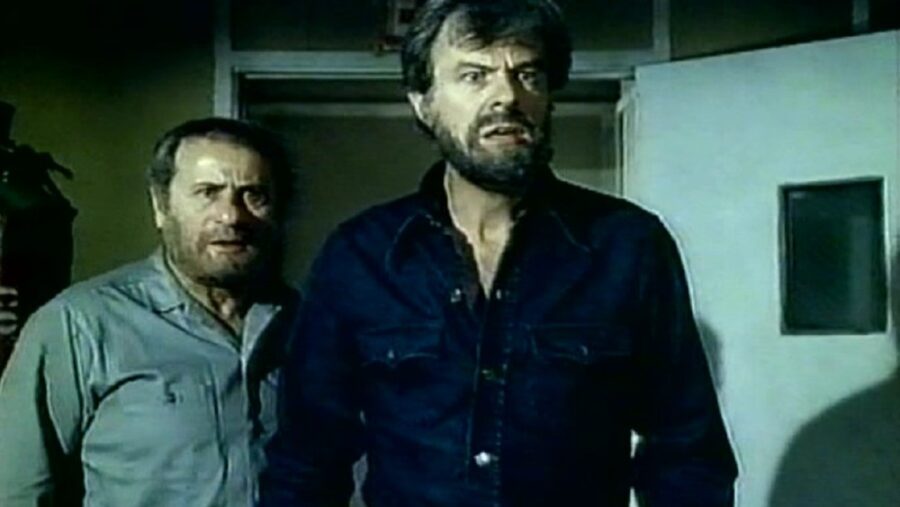
Culp and Wallach do their characters justice, evoking the interesting, strained marriage-like dynamic between scientists, neither friends nor enemies, thrown together in a remote locale. The nuanced portrayals, underpinning the growing isolation and suspension, contribute a layer of depth to the film.
Culp’s noteworthy performance, a depiction of a person teetering on mental collapse is particularly compelling.










